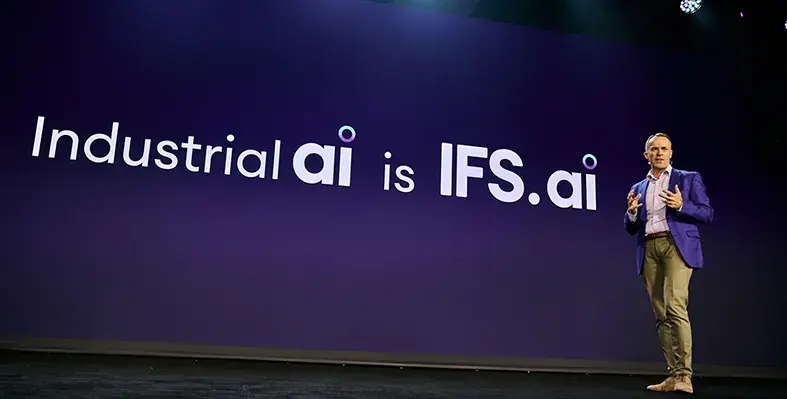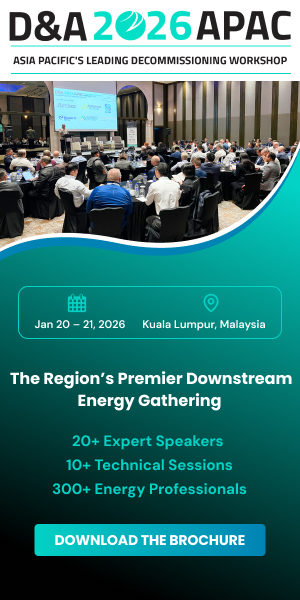
NOCs across the region are making tangible progress in applying AI to boost performance.
James Thomas, partner, Shantanu Gautam, principal, and Pavel Evteev, senior manager, with Strategy& Middle East, highlight the importance of culture change for national oil companies (NOCs) to harness the full benefits of AI
The GCC’s national oil companies (NOCs) must put AI to work if they are to keep delivering the world’s lowest cost and lowest carbon footprint barrels. To achieve this, NOCs need organisational cultures that can quickly produce many small, high-impact artificial intelligence (AI) applications.
AI-powered solutions are the next major cost and efficiency frontier in the oil and gas industry. Leading oil majors are already using them to produce oil faster, at lower cost and resource intensity. For example, AI can accelerate subsurface analysis, reduce uncertainty, and optimise capital allocation. Shell partnered with startup Avathon (formerly SparkCognition) and is using AI-powered deep learning to reduce seismic shots by 99%, maintaining image accuracy while cutting exploration time from nine months to just nine days.
Beyond exploration, AI is transforming well planning, automating drilling, predicting conditions, and streamlining workflows. ExxonMobil, collaborating with IBM, used AI to reduce well planning and design time from nine to seven months, and cut data preparation time by 40%.
Drilling optimisation is another area seeing major gains. AI can now analyse real-time downhole data, optimise rate of penetration, and predict failures. Machine learning can adjust drilling parameters dynamically, reducing non-productive time, cutting costs, and improving well economics. ConocoPhillips used three years of drilling data to develop a machine learning model that improved vertical rate of penetration by 20% and reduced premature drilling-motor failures by 65% – saving US$30,000 per well.
Environmental performance is improving too. AI can track emissions in real time, detect leaks, and increase carbon capture. Chevron deployed AI to optimise methane emissions reduction in upstream operations, helping cut methane emission intensity by 60%.
NOCs across the region are also making tangible progress in applying AI to boost performance. Aramco, for example, deployed 40,000 sensors across 500 wells, enabling AI-driven process control that increased production by 15% and halved troubleshooting time. ADNOC’s Emission X tool helped abate 1 million tonnes of CO2 in one year through AI-powered emissions prediction and optimisation.
Building on successes
Now is the time to build upon these successes. The GCC’s NOCs can develop a broad-based, AI-solutions portfolio that drives immediate, incremental gains and mitigates the risk of being outpaced in the AI race. These solutions can drive down costs, support better exploration and investment decision-making, accelerate field development, optimize drilling efficiency, and reduce emissions without cutting production. We estimate that AI applications can reduce the upstream operating costs of the GCC’s NOCs by 10–15%, with approximate annual savings of US$3–US$4.5bn.
The region’s NOCs need a new approach. In the past, they have gone slow-and-steady with large-scale digital initiatives. That meant a robust cycle of requirements definition, vendor selection, and at-scale implementation that took years to come to fruition.
Instead, GCC NOCs need a distributed AI capability as well as a cultural shift that would encourage employees to quickly learn from peers, experiment with applications, and rapidly deploy effective applications. By enabling simultaneous AI development across businesses and functions, NOC’s could realise steady, incremental gains over time.
To build this AI capability, NOCs can forge strategic partnerships with AI startups, collaborate with technology providers, and invest in developing in-house expertise. Importantly, this effort should be business-led, not IT-led. It should teach engineers and analysts to use AI tools efficiently and bring them together into small, cross-functional teams that contain the business and technical knowledge needed to drive improvement.
These teams need a three step, agile approach to AI experimentation. First, a rapid review to identify initial, high-priority pockets of inefficiency in which traditional methods have reached their limits, and AI can unlock productivity gains with minimal complexity. Second, a careful selection of AI use-cases based on their impact and ease of implementation, and to prioritize high value, quick wins. Third, rapid prototyping and scaling to ensure the most effective solutions reach enterprise-wide adoption.
To succeed, such an approach requires a cultural shift. Speed must be prioritised over perfection, while leaders must empower their teams to experiment, learn, and even fail early – all with minimal oversight and bureaucracy.
NOCs that quickly build a capability for AI and successfully foster a culture of experimentation and empowerment will be able to rapidly produce many small, high-impact AI applications that drive immediate gains. Over time, as more solutions emerge, they can increasingly connect like pieces of a larger puzzle, creating a cohesive, AI-driven organisation.
Strategy& Middle East is part of the PwC network.













